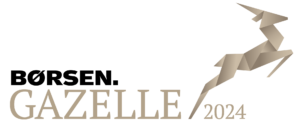The EU aims to reduce greenhouse gas emissions by 55% by 2030. To reach this target, the EU has initiated the Fit for 55 proposals to ensure that current and future laws and legislations contribute to a greener future. The big question is how the EU will do that. Our expert on the subject, Torben Christensen, shares his thoughts on the Fit for 55 plans.
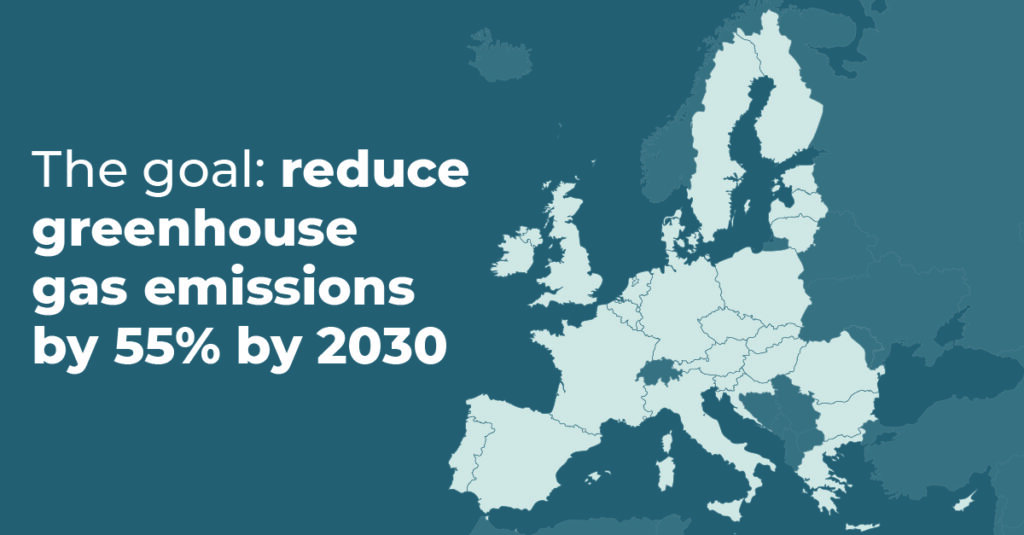
Fit for 55 refers to the EU’s goal of reducing net greenhouse gas emissions by at least 55% by 2030. This is one of the first steps in achieving the ultimate goal of climate neutrality in 2050. The EU have initiated new laws and legislations in order to reach the ambitions set for the future. And here, the energy transition plays a vital role.
Today, there is no doubt that one of the biggest catalysts for the increasing greenhouse gas levels in the atmosphere is the continuous burning of fossil fuels, causing rising temperatures, which many refer to as global warming.
A big part of the EU initiative is thus to turn down the level of power generated from traditional energy like coal, oil, and gas and replace it with power generated from renewables as well biogas and nuclear energy.
In the Fit for 55 strategy, the EU proposes a target that at least 40% of the energy mix comes from renewable energy in 2030. And for Torben Christensen, this seems like an achievable target:
“When you look at the current development and the many, many new projects within wind and solar PV, I believe that we soon can reach a point where renewables will be the main generating power source. But it depends on our courage and, of course, investment.”
Torben Christensen is an Automation (SCADA) and Energy Specialist at SCADA International and has worked with energy system setups for many years. He believes that the Fit for 55 plans are crucial for the transition but that there are still many steps to be taken:
“These proposals are a big step in the right direction. However, there are still many decisions to be made before we will see the results of our actions.”
Renewables will play a vital role in the future energy setup
Looking into the prospects of the future, it is expected that renewables will to play a fundamental part for two reasons.
First of all, renewables utilize the energy from natural resources like the wind and the sun and thus reduce greenhouse gas emissions immensely.
Secondly, power generated from renewables is very energy efficient. This is because renewable assets produce electrical power that can be used directly as electricity.
“Compared with gas and oil, the power loss of renewables is considerably limited. This is due to what we call thermal conversion, where some of the energy is transformed into heat in the conversion from energy to electrical power. Renewables produce electricity that can be used directly in residential homes and electric cars, for example. With less heat loss, more of the energy produced goes to consumption. This means that less energy needs to be produced in order to meet the demand. When we talk about electric cars, they actually need one-third of the energy that conventional cars need. So, this is a massive benefit,” says Torben Christensen.
The consumption of energy is also worthy of a note because the setup that we see today will also look different in the future.
The energy landscape in Denmark 2020 vs. 2045
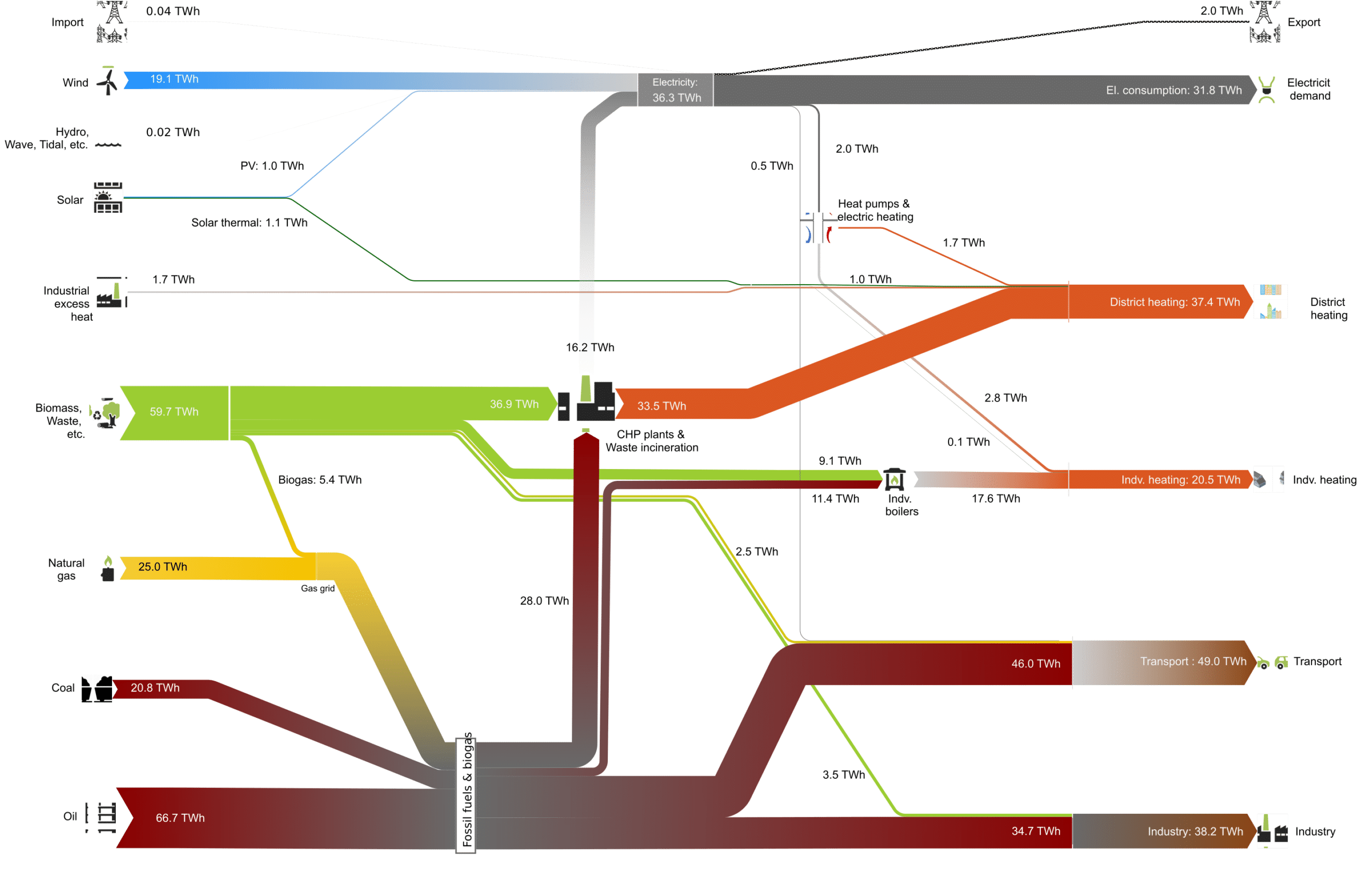
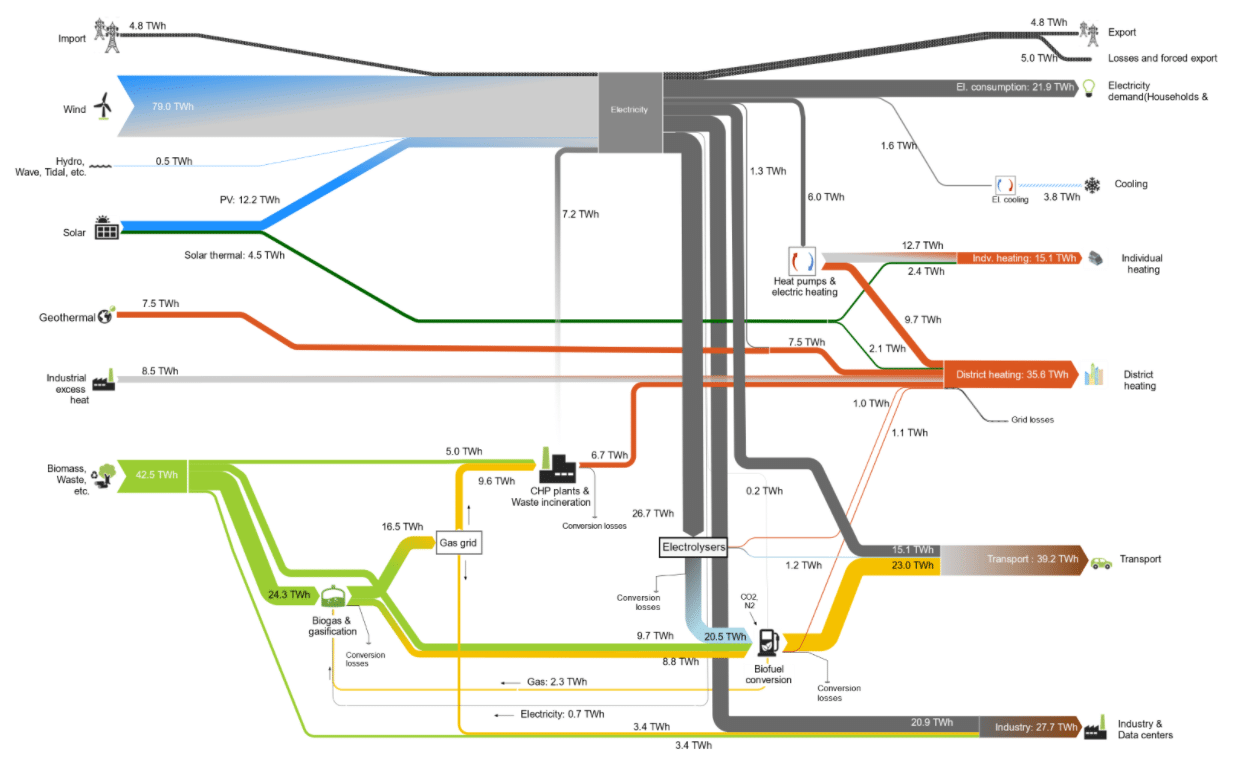
This illustration shows a Sankey-diagram of the expected Danish energy production and consumption in 2045, compared to 2020. It shows the national energy consumption for one year in Denmark. It is part of IDA’s (Danish Society of Engineers) Climate Response 2045 report. Source: Lund, H., Mathiesen, B. V., Thellufsen, J. Z., Sorknæs, P., Chang, M., Kany, M. S., & Skov, I. R. (2021). IDAs Klimasvar 2045 – Sådan bliver vi klimaneutrale. Ingeniørforeningen IDA.
As illustrated above, by 2045, it is likely that electricity will increasingly be used for both transport and industry. This is possible as we expect much more energy to come from renewables, especially wind.
When the wind production exceeds the demand, the electricity generated needs to be used in other sectors.
“What we see in the future is an electrified energy system, where the power generated from renewables is the main provider for both electricity consumption, heating, manufacturing, and transport – either as electricity or as converted biofuel,” explains Torben Christensen, and continues:
“So, the future looks brighter and, most likely, renewable.”
All roads lead to Rome – but how do we get there?
The Fit for 55 strategy includes many new targets and proposals. A cornerstone in the strategy has been a set of changes to the existing emissions trading scheme (ETS) that determines the number of emissions allowances companies have.
The goal is to reduce the overall number of allowances as the years go by, so companies have a financial incentive to cut their emissions and invest more money in renewable energy.
Besides the reduction in emission allowances, Torben Christensen sees many opportunities in the EU legislation:
“It is a little bit of an all-road-leads-to-Rome scenario. The EU has proposed these targets, but the way to reach those targets is mostly up to EU member states to determine. And that can be a big bump on the way: If we go in many different directions at the same time, we end up going nowhere.”
So, the challenge is to align on a strategy that fits all member states. Here, Torben Christensen thinks that a multi-stranded energy system could be one of the relevant roads to follow.
This setup is referred to as a smart energy system, in which smart electricity, thermal, and gas grids are combined and coordinated to identify synergies between them in order to achieve an optimal solution for each individual sector as well as for the overall energy system.
This idea entails a more flexible system than we see today:
“In this approach, you take advantage of sector coupling and the different synergies a multi-stranded strategy brings. What is needed in this setup is thus a corresponding flexible control solution that takes the different technologies into account,” says Torben Christensen and concludes:
“But only the future will tell what the future holds. A setup like this, where many different stakeholders are involved, is a possible scenario, and it also fits very well with the expertise we have across technologies and the tailor-made solutions we offer to the industry.”





